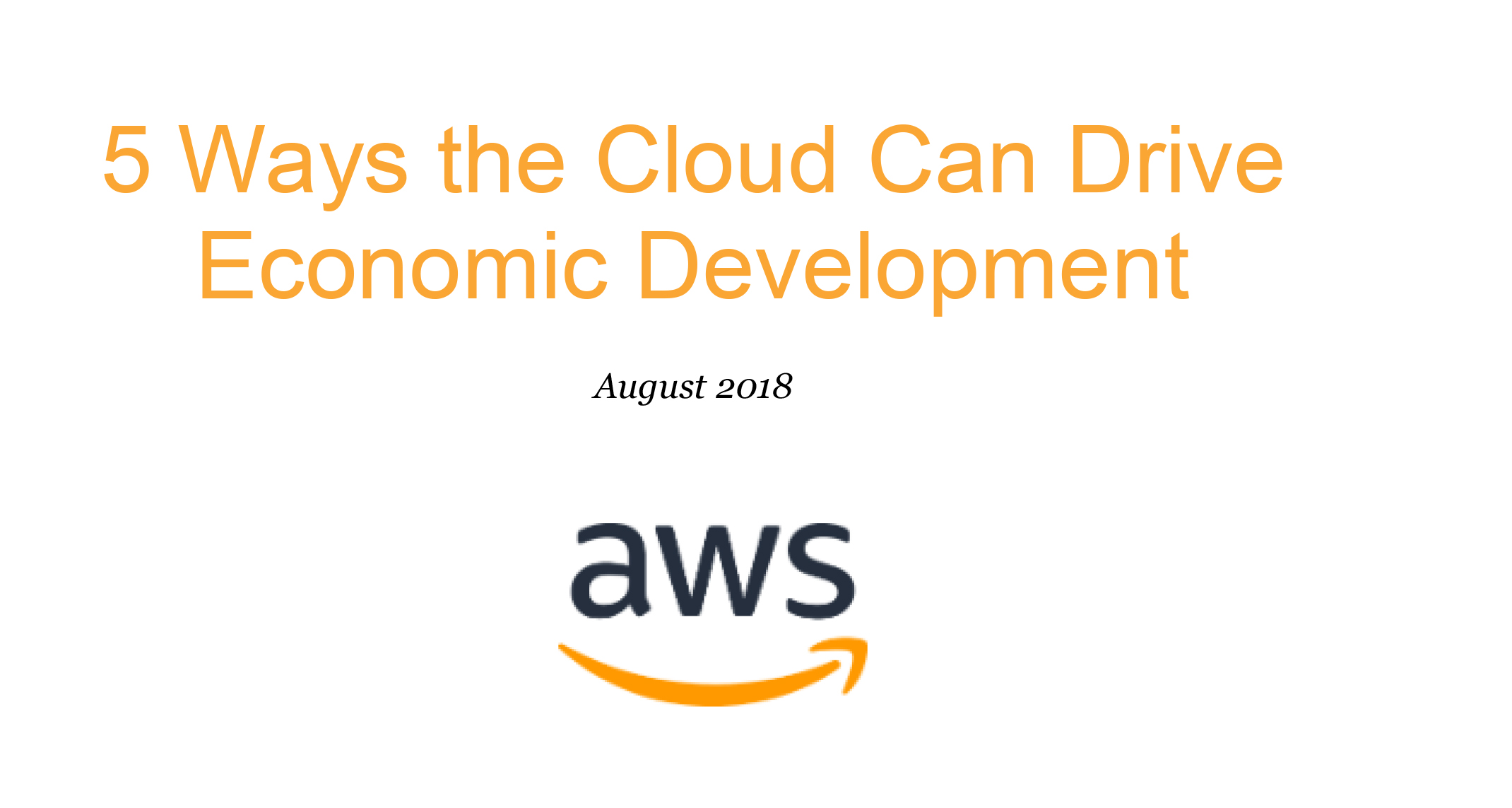Government agencies often look to promote new technology for cost-savings and efficiency, but it does not stop there. The second and third-tier effects of technology can be long lasting for citizens, businesses, and economies. When public institutions adopt the cloud, they experience an internal transformation. Inside an organization, cloud usage drives greater accessibility of data and information sharing, increases worker productivity, and improves resource allocation.
The external benefit of the cloud is recognized through a government’s ability to put reclaimed time and resources toward serving citizens. This includes provisioning public services, such as occupational-skills training, quicker and more effective service delivery, a pathway to a more productive workforce, and ultimately, a boost to local development.
This whitepaper examines the enterprise-level benefits of the cloud, as well as the residual impact on economic development. The U.S. Economic Development Administration defines economic development as “[creating] the conditions for economic growth and improved quality of life by expanding the capacity of individuals, firms, and communities to maximize the use of their talents and skills to support innovation, lower transaction costs, and responsibly produce and trade valuable goods and services.” We explore this concept through the lens of the cloud.



